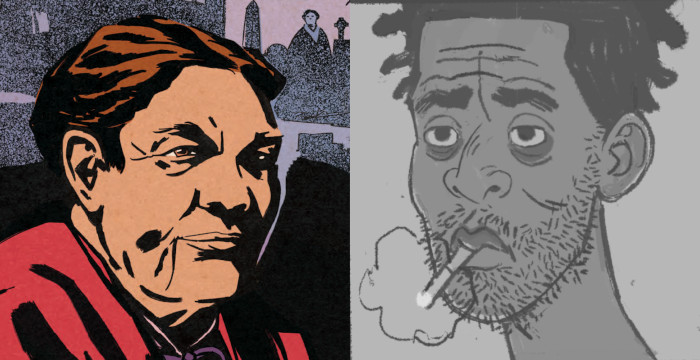
Most Americans know little about the Crimean War (1853-1856). Adam McGovern and Bruno Letizia’s The Night Brigade may go some way toward filling us in on that conflict, and it does give us several historical figures, including Florence Nightingale – but it also features a werewolf. Tim and Adam critique.
Asante Amani‘s Joe Mallard gives us short detective stories that feel a bit like Matt Kindt’s work. Tim and Jason are hoping for more!
Brought to you by:
Podcast: Play in new window | Download



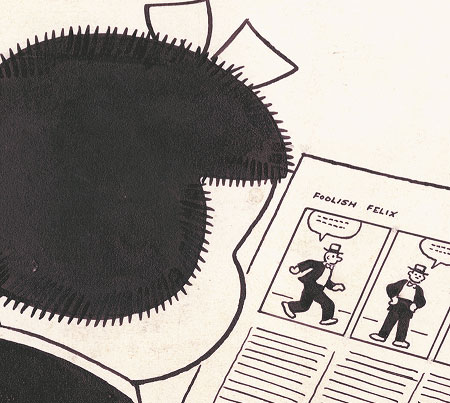


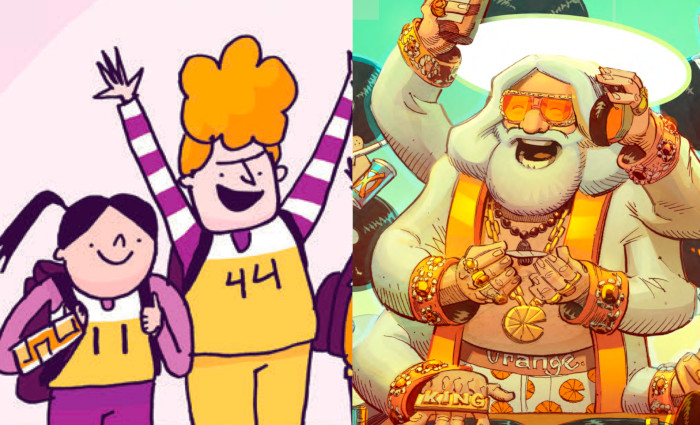
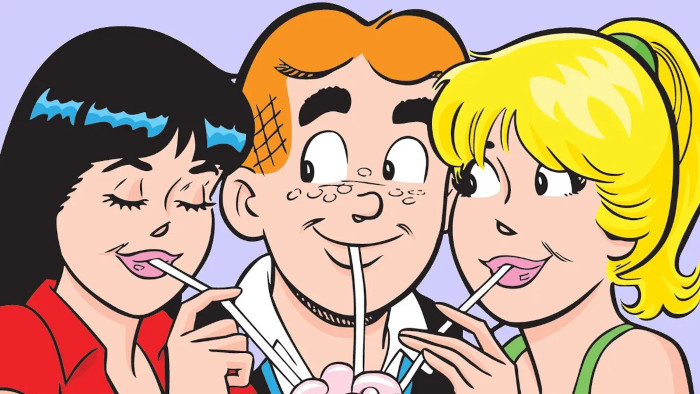
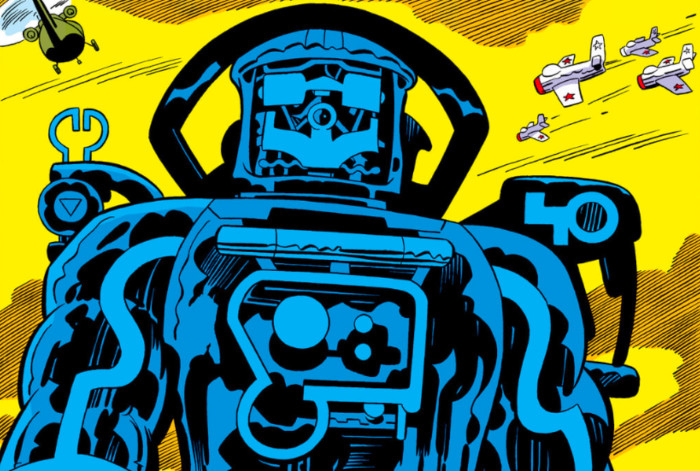
 FLASHBACK! A then-recent R. Crumb compilation is reviewed by a Crumb connoisseur (Kumar) and a Crumb newbie (Tim). The book features Crumb at his sweetest and his most shocking. But can this (or any book) claim to be the perfect Crumb compilation? (Originally published June 30, 2008.)
FLASHBACK! A then-recent R. Crumb compilation is reviewed by a Crumb connoisseur (Kumar) and a Crumb newbie (Tim). The book features Crumb at his sweetest and his most shocking. But can this (or any book) claim to be the perfect Crumb compilation? (Originally published June 30, 2008.)
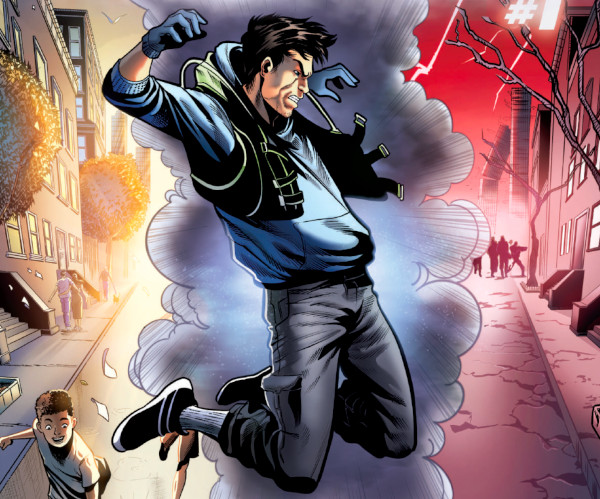
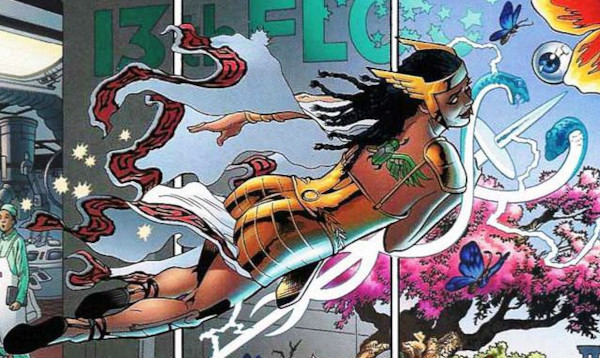 FLASHBACK! While Alan Moore and J.H. Williams’
FLASHBACK! While Alan Moore and J.H. Williams’